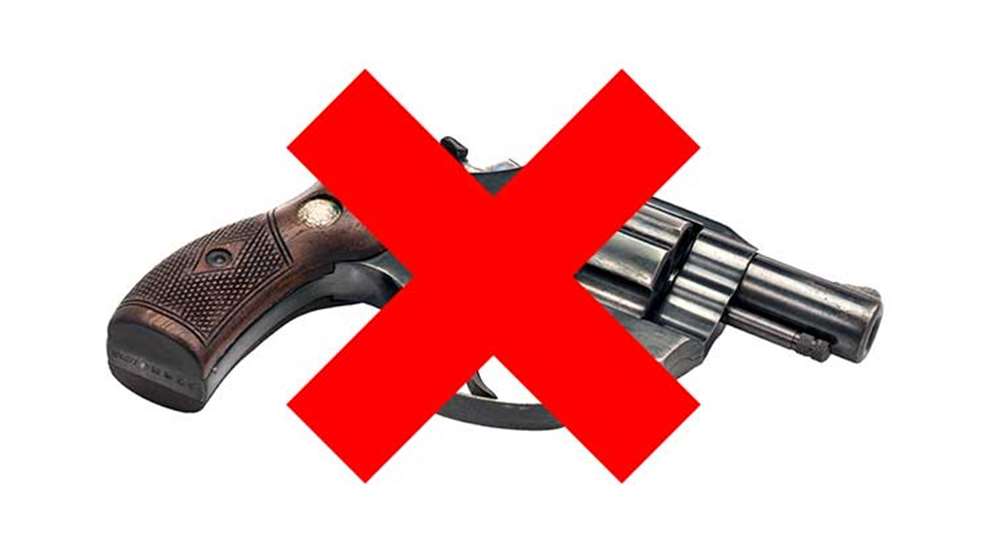
Last time, we looked at the concealed-carry revolver as a defensive tool and discussed some of the major advantages of relying on a revolver for personal protection. However, there is no such thing as a free lunch, and the revolver also has some faults that should be considered before carrying a gun you might have to bet your life on.
Reliability
A well-maintained revolver will rarely malfunction. In fact, practicing malfunction drills didn't become part of the training regimen until folks started carrying semi-automatics. However, when a revolver does malfunction, it is a major deal.
The ejector rod can back out if not checked regularly, tying up the gun in a serious way. Also, when a reload is performed improperly, a cartridge may get under the ejection star, and this will require major effort to correct. In addition, the mainspring may break (this is especially true in guns with a flat mainspring) and the revolver will become inoperative. Though these things rarely happen, when they do, the defensive shooter is pretty well out of the fight.
Firing and Reloading
With its long, double-action trigger stroke, the double-action concealed-carry revolver is probably the most difficult handgun to learn to shoot accurately. The shooter who selects a double-action revolver for defensive use should plan on getting good professional training and spend a lot of time practicing with his handgun. It takes a lot of time to master the double-action revolver's trigger stroke, far more than with any semi-automatic pistol.
There's no way around the fact that fine motor skills are needed to reload the double-action revolver, and fine motor skills are among the first things we lose when placed under the threat of a violent criminal attack. The only way to overcome this problem is with practice, and lots of it. The revolver shooter should get some dummy rounds and practice recharging his revolver on a regular basis.
Concealment
Another sad fact for the revolver shooter is that double-action revolvers are more difficult to conceal than semi-autos. The cylinder, even in small revolvers, simply makes a bulge that will cause all sorts of problems for the wearer. With proper holster selection and due attention to the covering garment this, for the most part, can be overcome, but it will take some serious study and experimentation before that goal is reached.
With these two posts, you have my thoughts on the pros and cons of using the double-action concealed-carry revolver as a defensive tool. Over a lifetime of shooting and carrying the double-action revolver, I have made my peace with it and regularly rely on it for defensive carry. That's a decision that each defensive shooter must make. Just don't dismiss the double-action revolver out of hand. It's a grand old fighting tool.






































